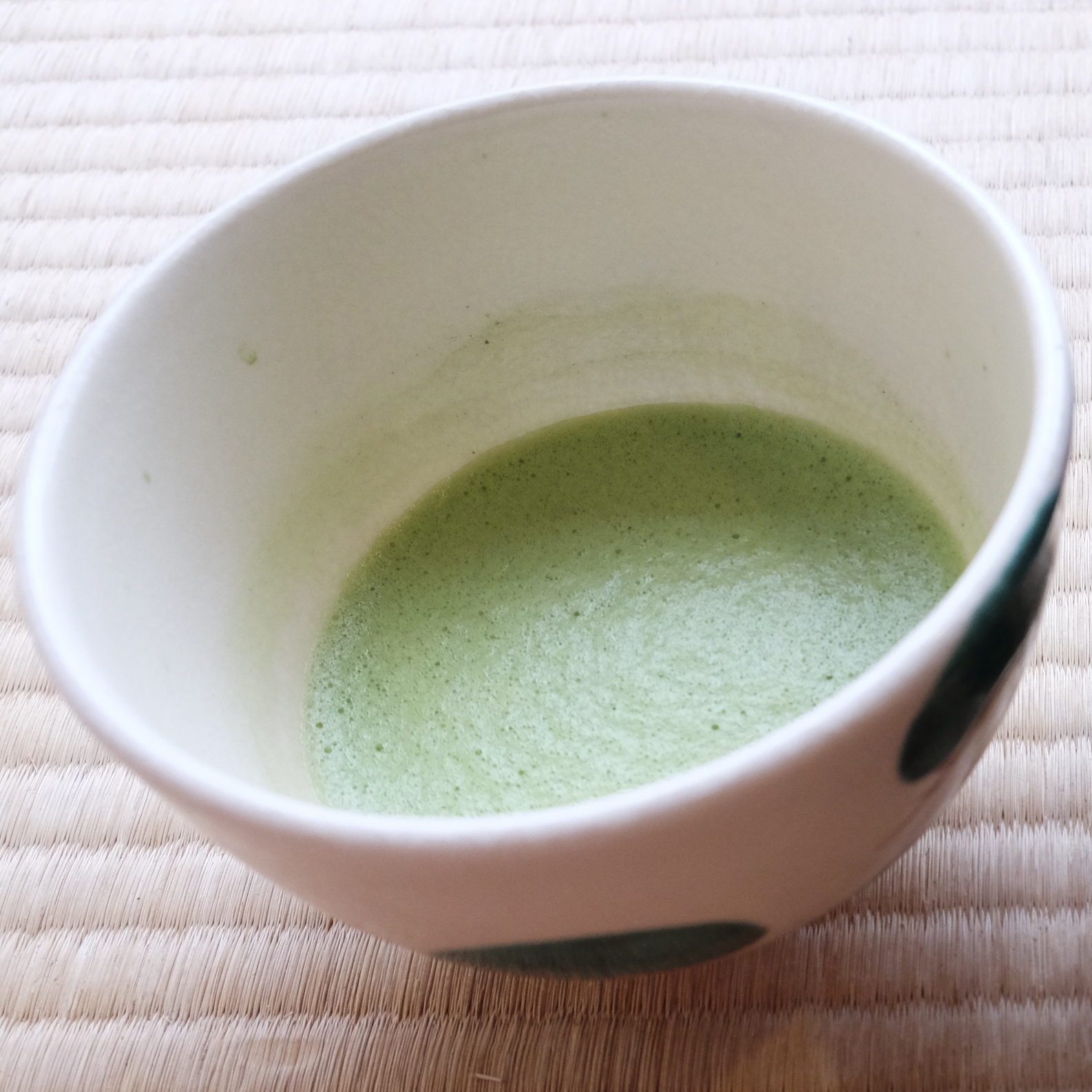January marks the beginning of the new year, which is always a great reason to celebrate. This month most of the tea ceremony school, including Urasenke, Omotesenke, Mushanokojisenke, etc. held hatsugama (初釜, a.k.a. the first kettle of the year) in Kyoto and other parts of the country. At Saidaiji Temple in Nara, hatsugama was held using really large tea bowls, which has been a yearly tradition and makes it a really unique tea ceremony.
Along with tea culture and consumption, tea production was celebrated as well. On the 5th January Fukujuen held the first tea picking of the year at their greenhouse tea field in Kizugawa City. Since November the greenhouse had been heated to encourage the leaf growth. The collected tea leaves were then brought to Uji and processed by hand. On 8th January Shirakawa Tea Hand-rolling Preservation Association also held the first tea hand-rolling event of the year in Mino Shirakawa, Gifu Prefecture. The event has become a yearly tradition and this time was attended by 17 members of the association. A historic tea shop in Uji – Tsujiri, also held the first tea shipment ceremony in January. Held for about 160 years, it is a traditional event to pray for a prosperous year of business and good health for customers. It used to be organized by all tea wholesalers in Uji; but now Tsujiri is the only one left.
Among the industry news, beverage manufacturers including Asahi, Kirin, Ito En and others, came to support the Noto area, which was struck by a devastating earthquake on 1st January. They provided both relief funds as well as bottled drinks, including water and tea. Kirin has also announced that it will be increasing prices of its bottled drinks, including green and black tea, by about 10% from 1st May. This is mainly due to the rise in raw material and energy costs.
Among the new releases, recently a collaboration between Shizuoka tea farmers and people with disabilities, have produced a unique strawberry gyokuro. Packed in teabags, it is a mix of green tea with dried strawberries that is available in several tea shops around Shizuoka. A new Yame tea soba was also developed in Fukuoka. It is believed to be the first soba with Yame tea and it uses 3 times more tea than other chasoba.
In Tokyo rather than a completely new creation, there has been a revival of something old – Shibuya tea. Tea was actively produced here in the first half of Meiji, but it declined in the mid-Meiji years. In 2019 Ito En discovered a few tea bushes in Nabeshima Shoto Park and in collaboration with a few other partners has started working on developing it into a new tourism site. It will include tea picking experiences as well as tea inspired food and drink menus. How exciting!
The article is based on the Japanese media articles:
- Asahi and Ito En to provide beverages and other products to areas hit by Noto Peninsula earthquake, Nikkei Shimbun 2024.01.05
- Toast to big good fortune and tea at Tsujiri Ichi Honten’s first shipment ceremony, Mainichi Shimbun 2024.01.05
- High-grade “Strawberry Gyokuro” tea leaves, developed and marketed in Shizuoka through an agricultural collaboration, Yomiuri Shimbun 2024.01.08
- Fukujuen employees “picked the earliest tea leaves in Japan” in Kizugawa City, Kyoto Prefecture, Kyoto Shimbun 2024.01.08
- Mino Shirakawa first traditional tea hand rolling, Yomiuri Shimbun 2024.01.09
- Yame Chasoba with a distinctive aroma, Yomiuri Shimbun 2024.01.11
- Shibuya Tea will be revived by everyone! Project for new tourism resource launched, Mainichi Shimbun 2024.01.13
- The tea ceremony Sanzenke’s Hatsugama, solemnly held with special utensils, inscribed “Heart of Wa” and “Ascending Dragon”, Yomiuri Shimbun 2024.01.15
- New Year’s Hatsugama Grand Tea Ceremony at Saidaiji Temple, Nara, Asahi Shimbun 2024.01.17
- Kirin Viva to raise prices for large bottles of “Namaicha” and others by up to 9%, Nikkei Shimbun 2024.01.18

